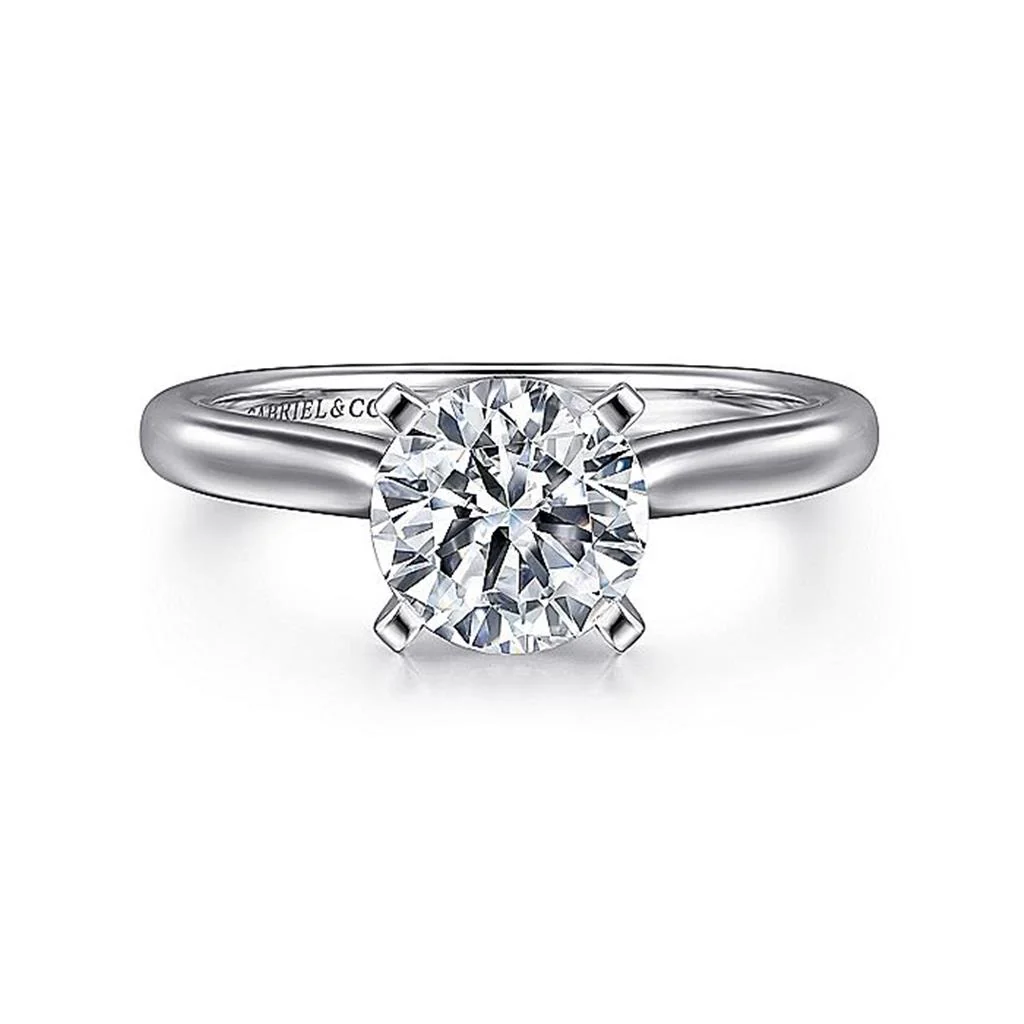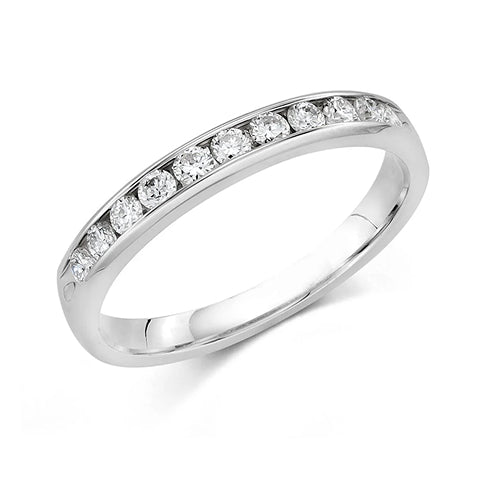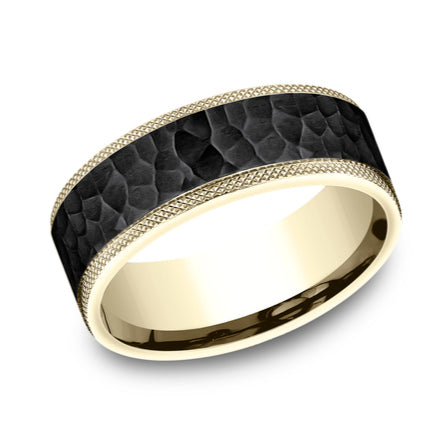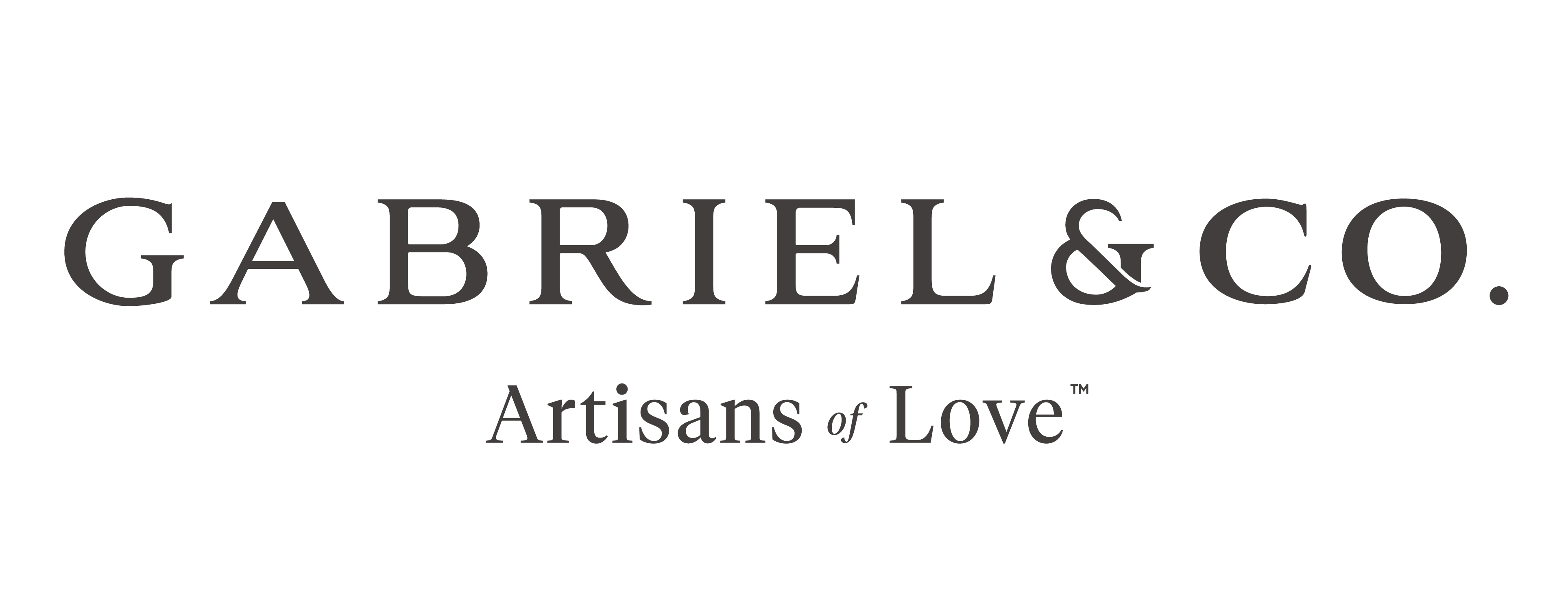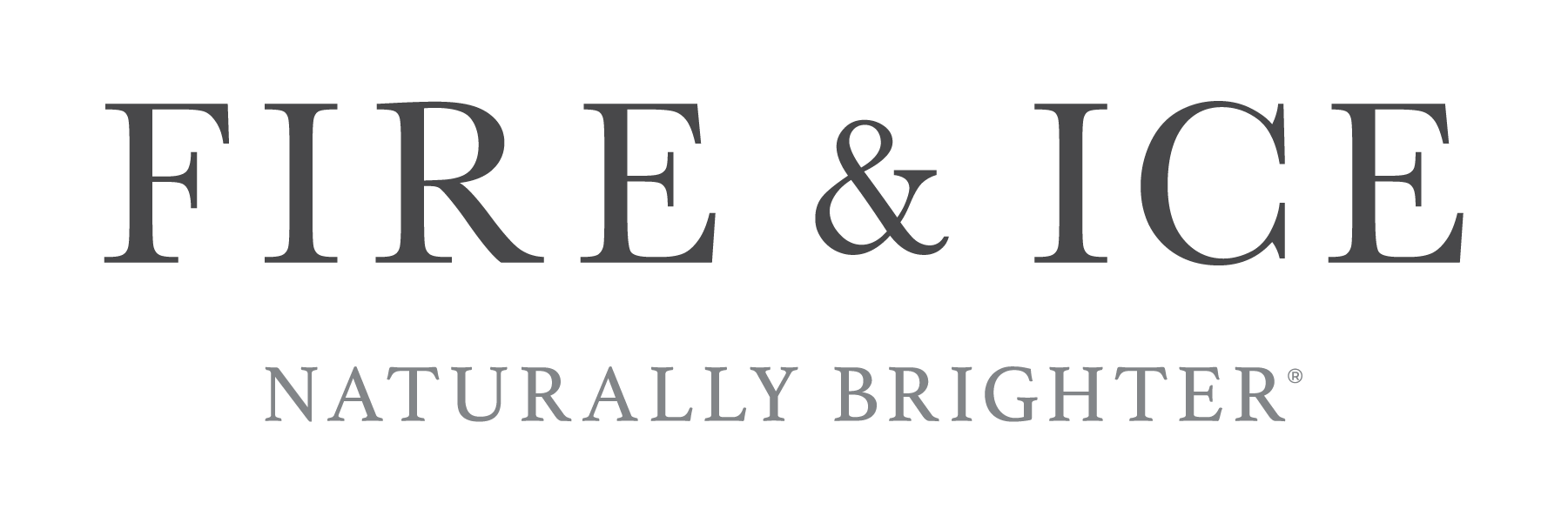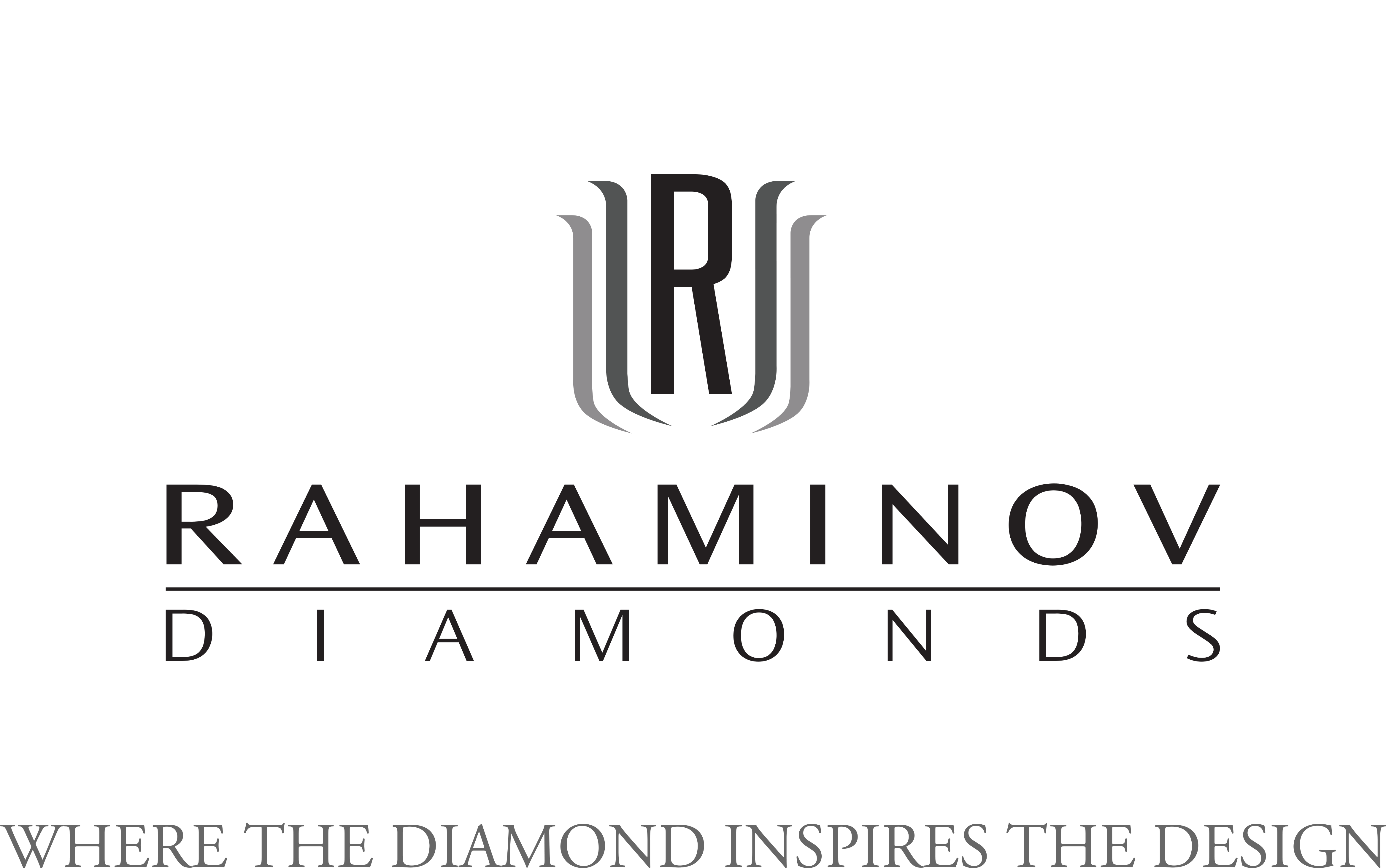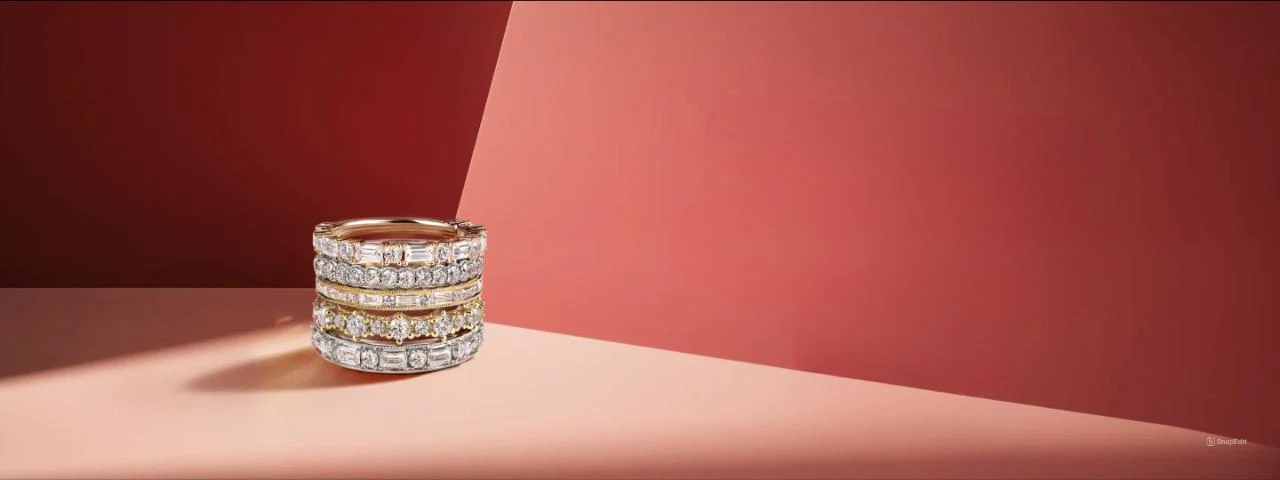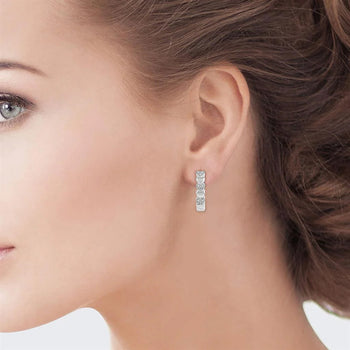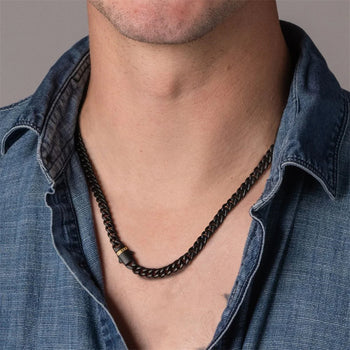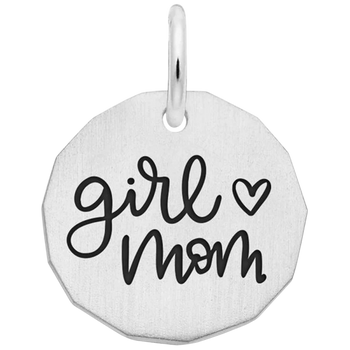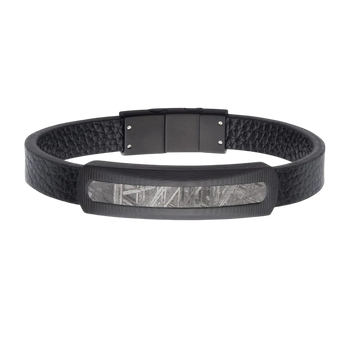
A Guide to Creating Personalized Diamond Necklaces
Have you looked through catalog after catalog of diamond necklaces and have yet to find a piece that suits your budget, taste, and style? The perfect piece can still be out there. Jewelers often have many options for helping clients create personalized diamond necklaces. In this guide, we’ll provide insights to help you create a meaningful and beautiful necklace.
Custom Diamond Necklace Guide
Chain Style
A necklace should be durable and lightweight. The chain style can give it a unique look, but open links can snag on clothing and irritate your skin. Common types of necklace chains include:
- Cable Link: One of the most common types of jewelry chains, cable links have uniform oval or round metal links. These are looped together to increase strength despite appearing delicate. Cable chains usually go great with small pendants.
- Ball/Bead Chain: Ball chains are made of fixed round beads or metal balls. A bead chain can be worn alone or with other necklaces. If you want, a pendant or charm can be added.
- Box Chain: Also called a square link chain, a box chain is sleek and geometric. Its square design is popular with modern jewelry, while rectangular links don’t kink or twist easily. The chain is also easier to untangle.
- Rope Chain: Rope chains are thicker and come in a range of styles. Individual links are combined to look like one complete chain, creating an intricate design. A rope chain necklace is best worn alone.
- Singapore Chain: The hammered disks of a Singapore chain are twisted into a rope-like necklace. It is highly dimensional, and the undulating links create a fluid feel.
Metal Type
A necklace can be made of white gold, yellow gold, platinum, or sterling silver. The choice is up to you and the look you prefer. Or, you can match it with the type of outfit or jewelry you plan to wear the necklace with.
Select a Chain Length and Width
Common necklace chain lengths include 14” (a collar chain that wraps around the throat), 15” (a choker necklace with a looser fit), and 18” (a princess chain that sits on the collarbone). A 20” matinee chain sits between the collarbone and chest. Even longer options include “opera” and “rope” lengths. The right length depends on the necklace’s intended use (a diamond pendant for everyday wear should sit on the collarbone) and body style (if you’re petite, a shorter chain is generally preferred).
The ideal width of a necklace depends on the material. Platinum is strong, so even 1mm chains are durable. If you include a large pendant, go for a 1.5mm to 2mm chain. But the length and width you pick is ultimately a personal decision based on fit and what you desire.
Necklace Type
There are many types of personalized diamond necklaces. Each is sparkling and beautiful, but you can pick one based on your style or the outfit you pair it with. A choker necklace with many small diamonds is elegant and bridal; it can be layered with rubies, emeralds, pearls, and other gems. Even a simpler diamond necklace can feature various designs.
Here are some of the other options available:
- Cross Necklace: Faith diamond necklaces can have dangling cross pendants that make for a dramatic statement, but sideways cross necklaces are becoming more popular.
- Tennis Necklace: Diamond tennis necklaces don’t go out of style. Blending elegance and sophistication, they have high-quality stones along their entire length.
- Dancing Diamond Necklace: The piece is designed such that the diamonds appear to move in different directions. The effect is created by using specific cuts that reflect light in dazzling ways.
- Floating Diamond Necklace: A single stone is usually suspended from a thin chain (or multiple diamonds can be used); the necklace sits elegantly high on the neckline.
- Butterfly Necklace: Butterflies are always stylish and meaningful. A diamond butterfly necklace can be personalized with many shapes, styles, and gems.
- Solitaire Necklace: Diamond solitaire necklaces are timeless and can be worn on any occasion with any attire. Just one stone is set into the necklace.
Colored diamond necklaces are also popular. You can choose from canary, pink, blue, red, orange, green, or black diamonds. Diamond bridal necklaces and also men’s diamond necklaces are available.
Clasp Type
Consider your clasp options once you know the style, length, and width of the necklace chain. Some of the more popular choices include:
- Spring Clasp: A spring and pin mechanism has a small lever to pull back the pin to slide a tab into place. Releasing the lever closes the clasp.
- Lobster Claw Clasp: A lobster claw clasp is elongated but uses a spring-loaded method (it’s easier to close with one hand).
- Barrel Clasp: Two pieces of metal are screwed together in a barrel shape that can include designs and embellishments of its own.
- Toggle Clasp: A T-shaped piece of metal is threaded through a loop.
- Hook Clasp: An S-shaped piece of metal threads through a metal ring to close the clasp.
Setting
One of its most important attributes, a personalized diamond necklace’s setting directly impacts its appearance. These are the most common settings to choose from:
- Prong: Thin metal claws secure the diamond and rest on its crown. A prong setting can be rounded, elongated, or pointed. It’s generally preferred for solitaire diamond necklaces. V-shaped prongs can be used for princess, pear, and marquise diamonds.
- Bezel: A metal rim extends above the diamond, either encapsulating it or partially surrounding it, ensuring the diamond is secure and protected. Bezel settings blend with many diamond shapes but allow less light to pass through.
- Channel: Fits a series of diamonds of the same dimensions. The diamonds are fit side by side in the setting, which is suited for square-shaped stones; a more brilliant sparkle is achieved. Round-shaped diamonds set in a channel create a floating effect.
- Cluster: A cluster setting supports a group of small diamonds to make them appear as one large stone. Different shapes of diamonds can be incorporated. This setting works with many designs; it also uses smaller stones so you can save.
- Pave: Small round-shaped diamonds are secured to the surface of the necklace with little or no space between each stone. A Pave setting is often paired with a white gold or platinum base that blends well with diamonds.
Symbols
Necklaces often feature symbols such as hearts, arrows, infinity, star, or zodiac signs. Whether built into the chain or added as a pendant, a symbol can be anything and be entirely personal. No one even has to know what it means!
Engravings
Engraving is a common way to create a personalized diamond necklace. It can involve adding initials, a reminder of an event, or a hidden message. A custom engraving can be etched in any style or font.
Names/Words/Letters
A name in the form of a pendant is a popular necklace style. It can be in any font. Letters and initials can be used if you don’t want your entire name spelled out. Many wearers include just a single letter, often adorned with sparkling diamonds.
Consider the 4Cs
A diamond’s color, clarity, cut, and carat weight significantly impact its value. Colorless diamonds with few inclusions, higher-grade cuts (create more sparkle), and high-carat weights are more expensive. Just minor disparities in these traits can mean one diamond is much different in cost than another. If you can’t tell the difference, a slightly lower rating can save you significantly on the purchase.
Warranty/Guarantee
The jeweler should offer a warranty and/or guarantee on your personalized diamond necklace. Make sure it’s in writing before you purchase the item, and identify what is covered (repairs, cleanings, inspections, adjustments, resetting stones, etc.). Does the warranty only cover what that jeweler does? If so, having another jeweler alter or repair the item can void the warranty. Some warranties require periodic cleanings and inspections.
Locate a Reputable Jeweler
The right jeweler will help find the right balance between price and quality. Check whether they're a , Jewelers Association of America member and employ GIA-accredited professionals. The jeweler should answer your questions, provide detailed explanations, and share all available options. If you’re looking for a custom-designed piece, they should be your guide every step of the way.
Jeweler’s Touch Provides Personalized Diamond Necklaces in Orange and Los Angeles Counties
Jeweler’s Touch is an award-winning jewelry store based in Brea. We have a vast catalog of diamond necklaces, engagement rings, earrings, and more from leading collections. Custom design services are also available, and our gemologists and diamond experts will help you make informed decisions. Our team employs a 3D CAD system to make your ideas a reality.
Search our catalog of diamond necklaces or work with our design team to create the perfect personalized diamond necklace. Visit us or call (714) 579-1616 today to get started.

